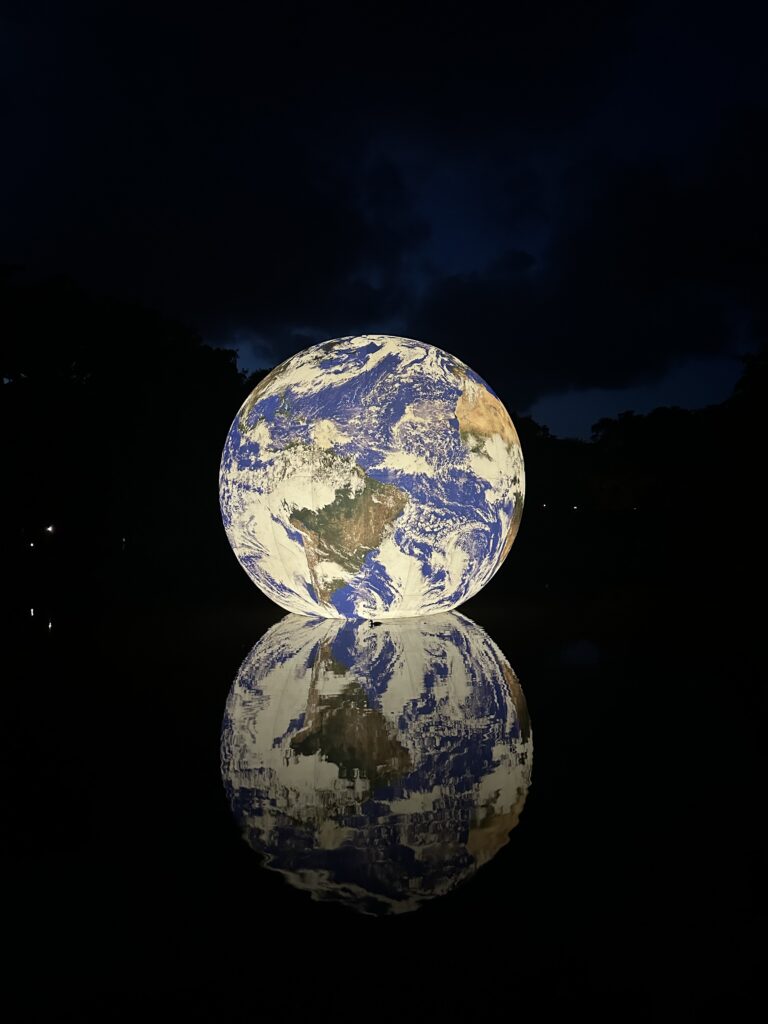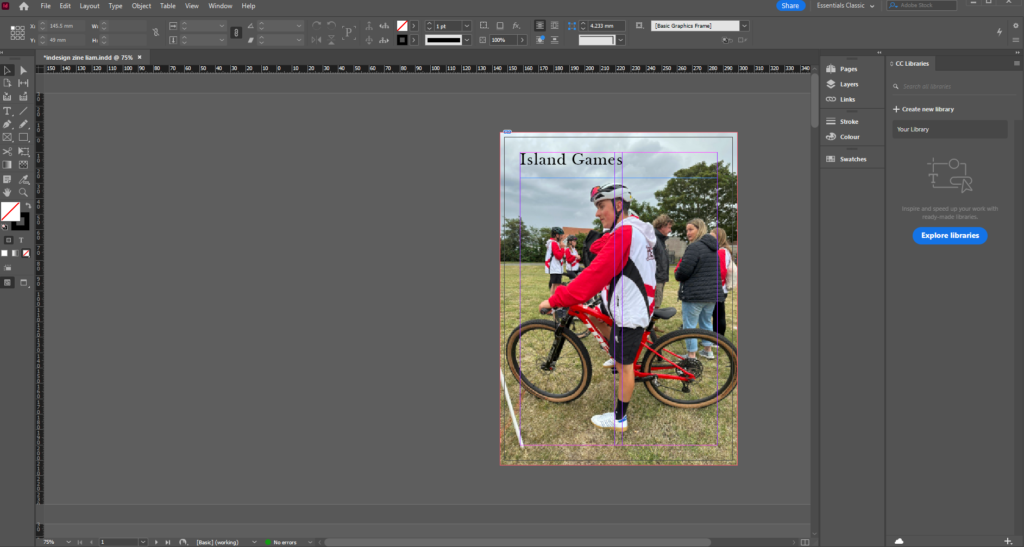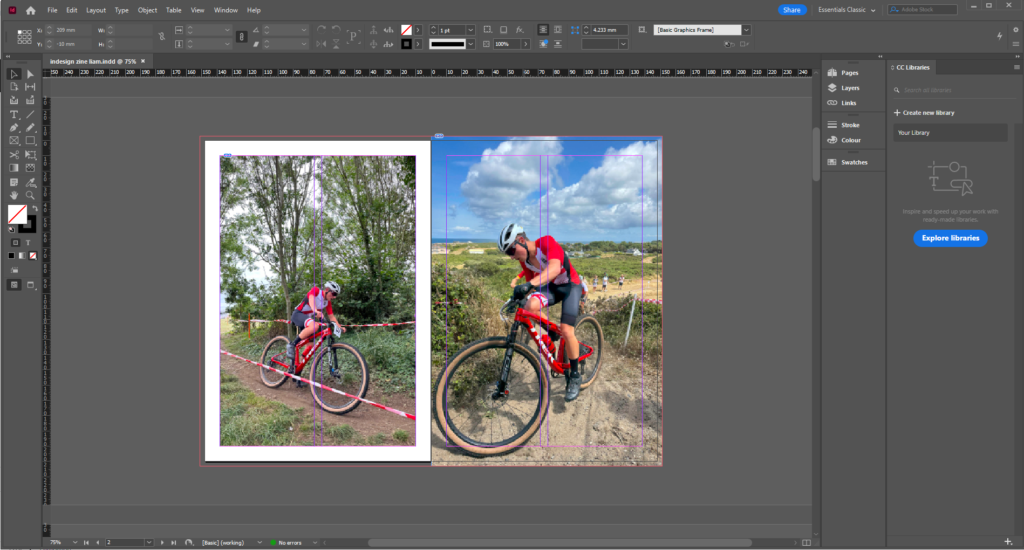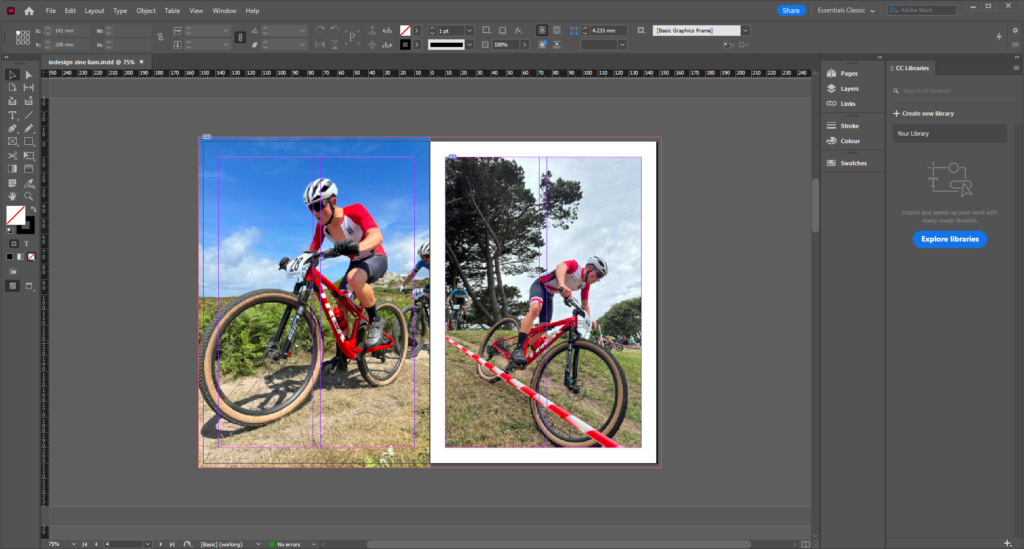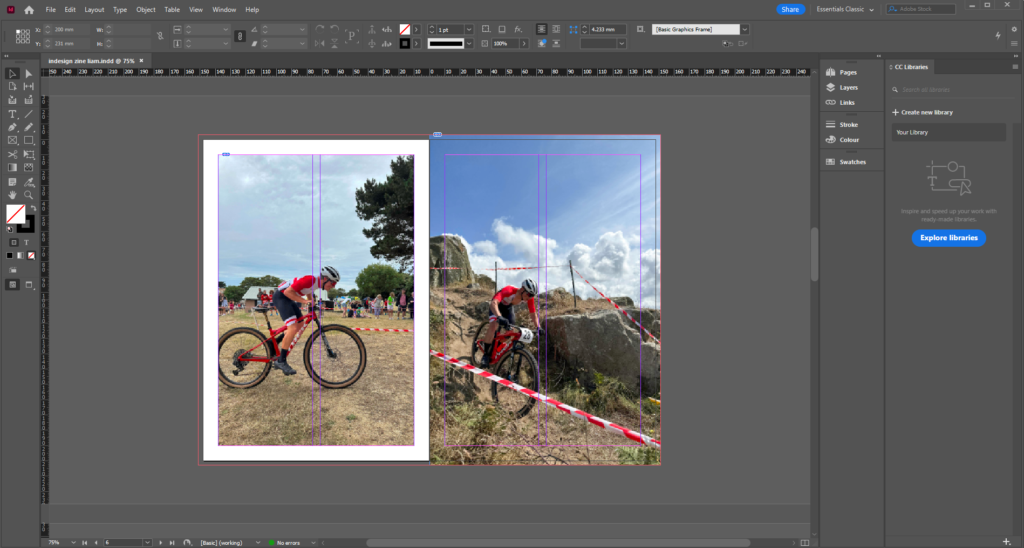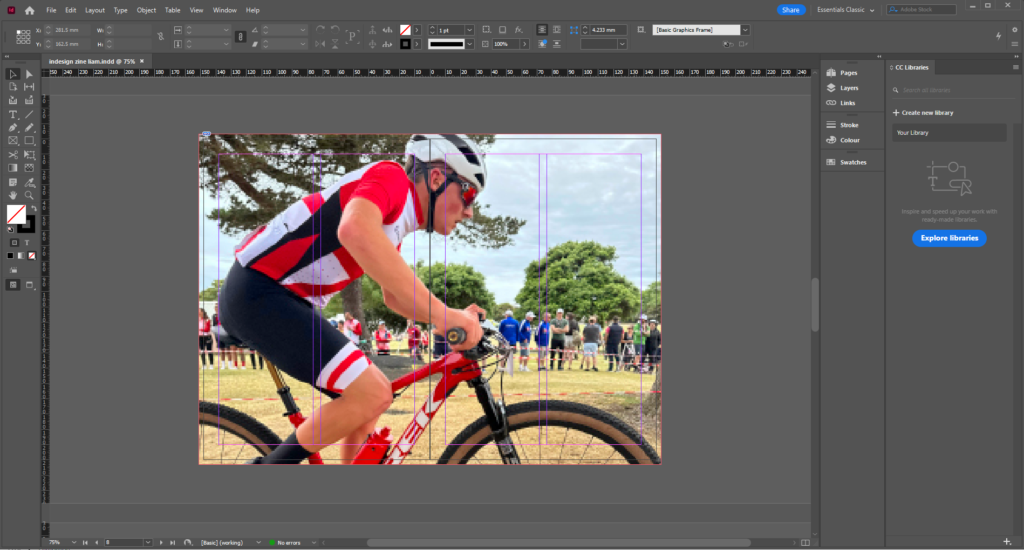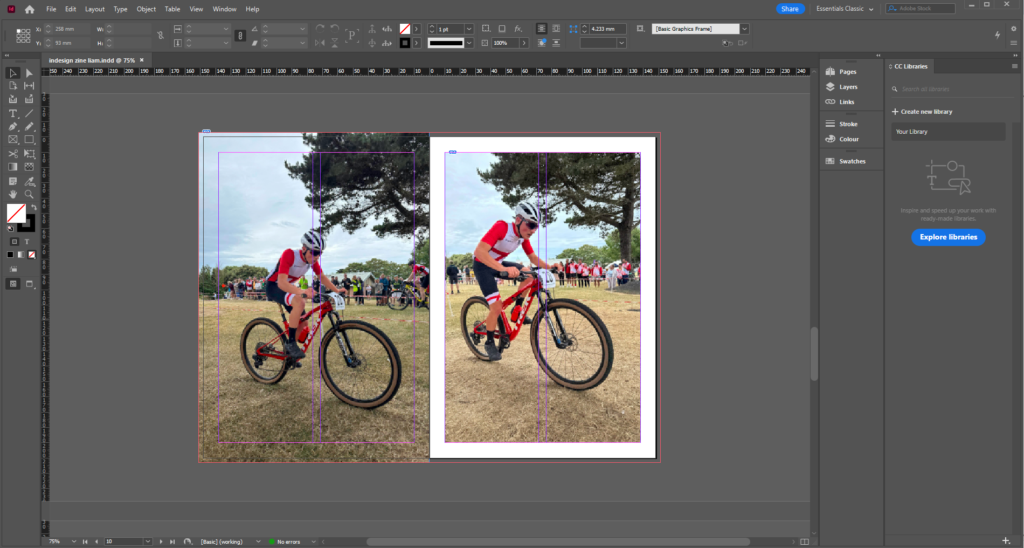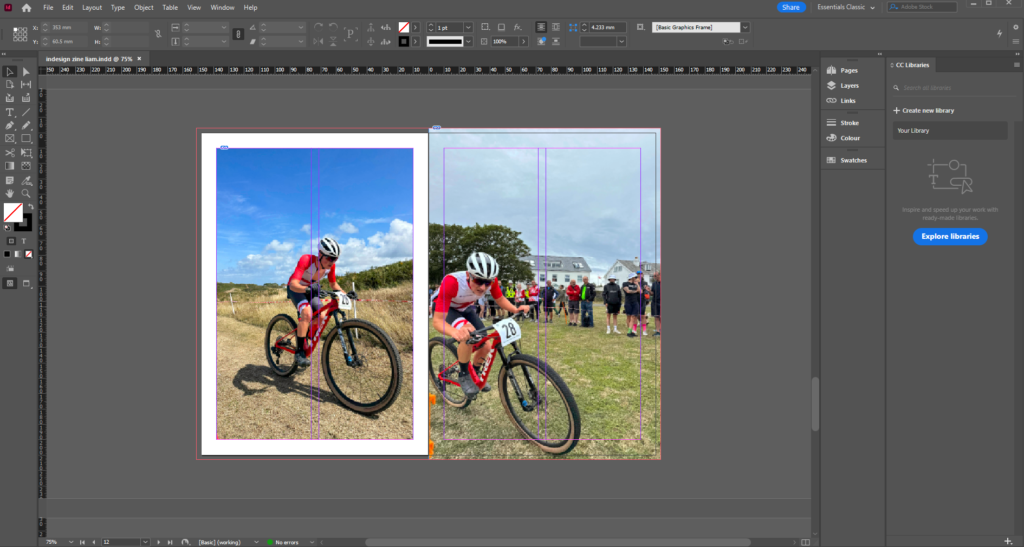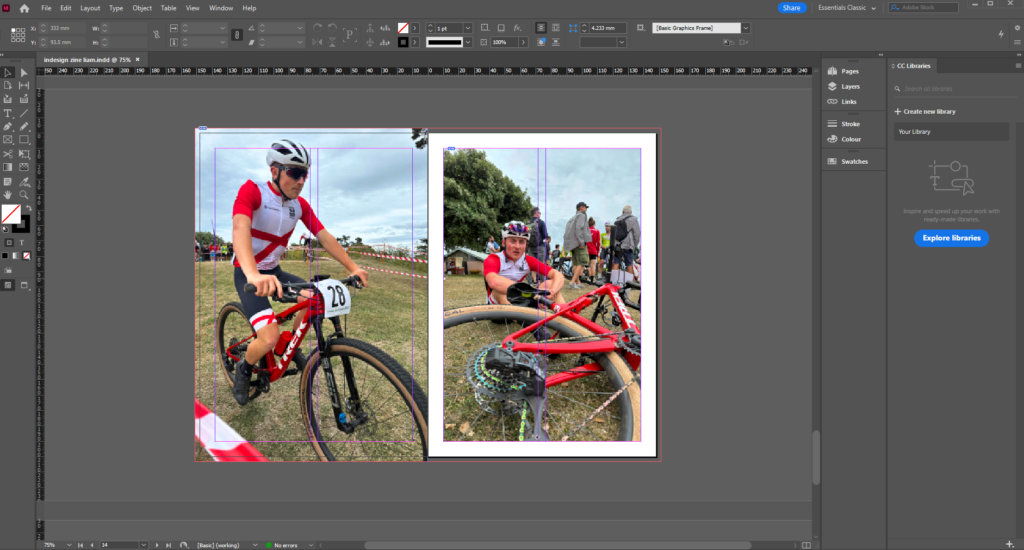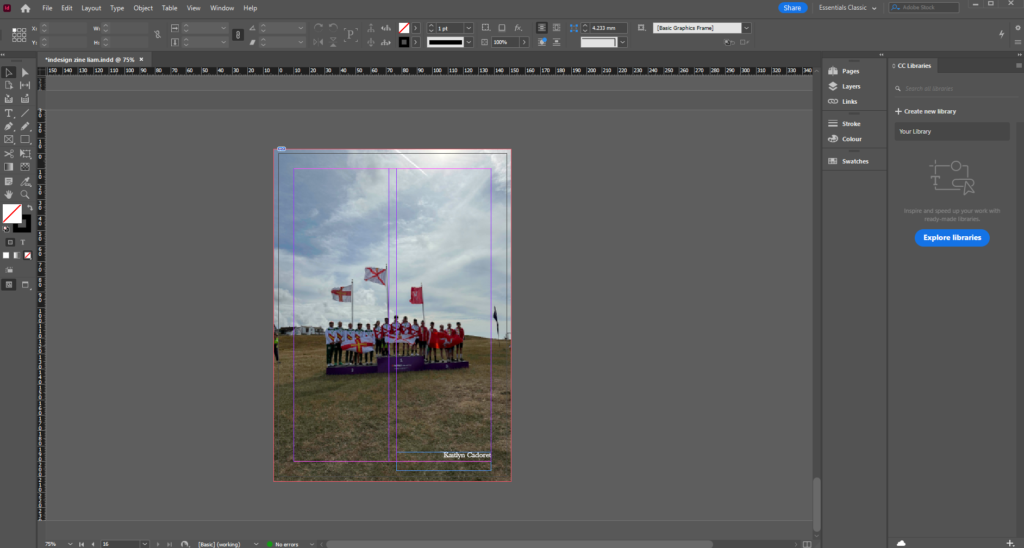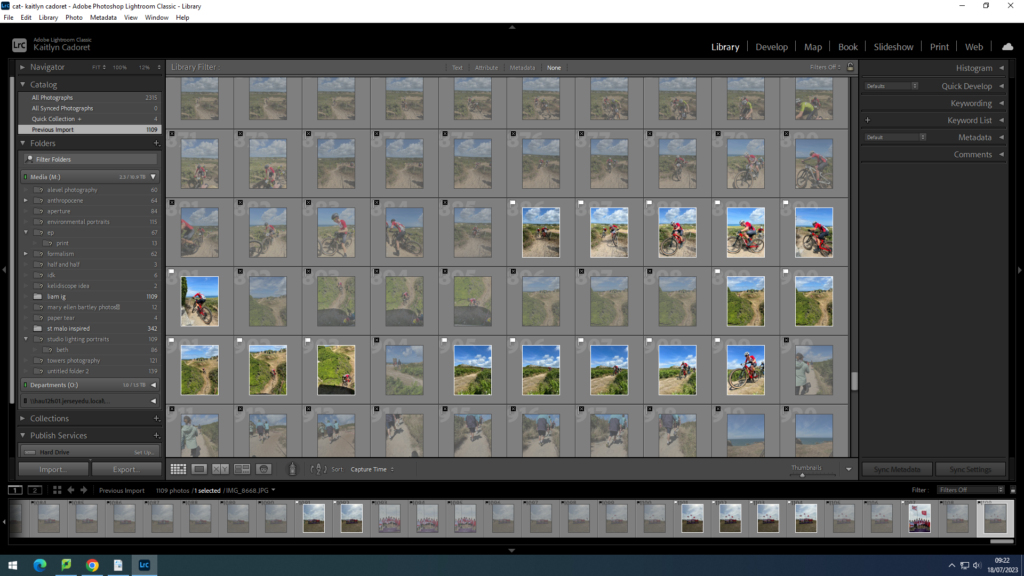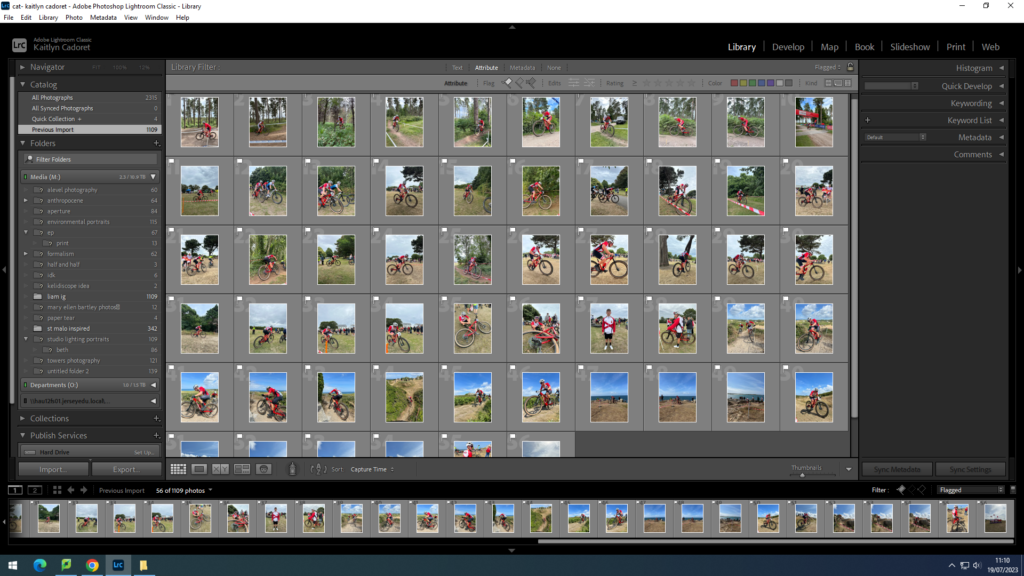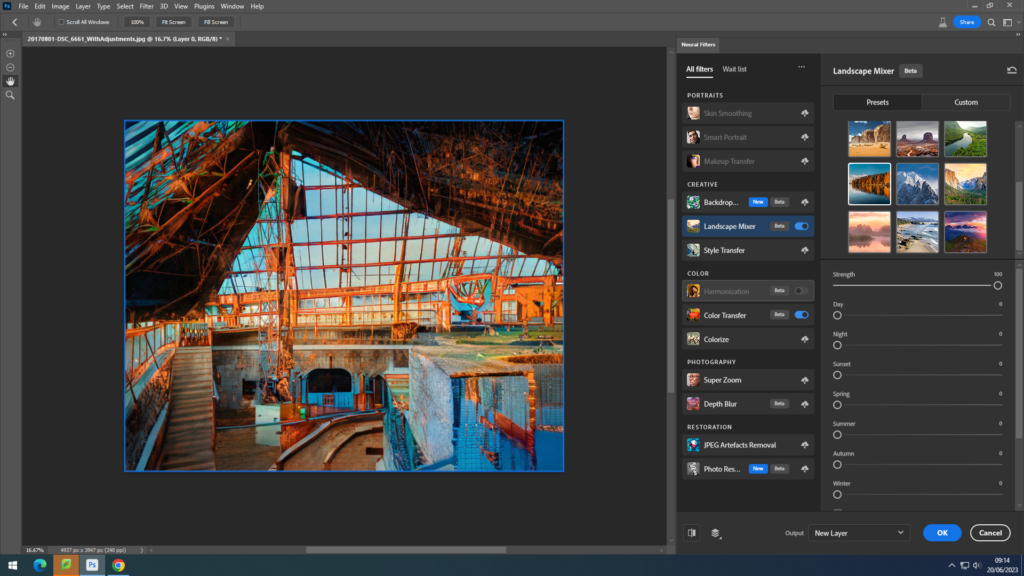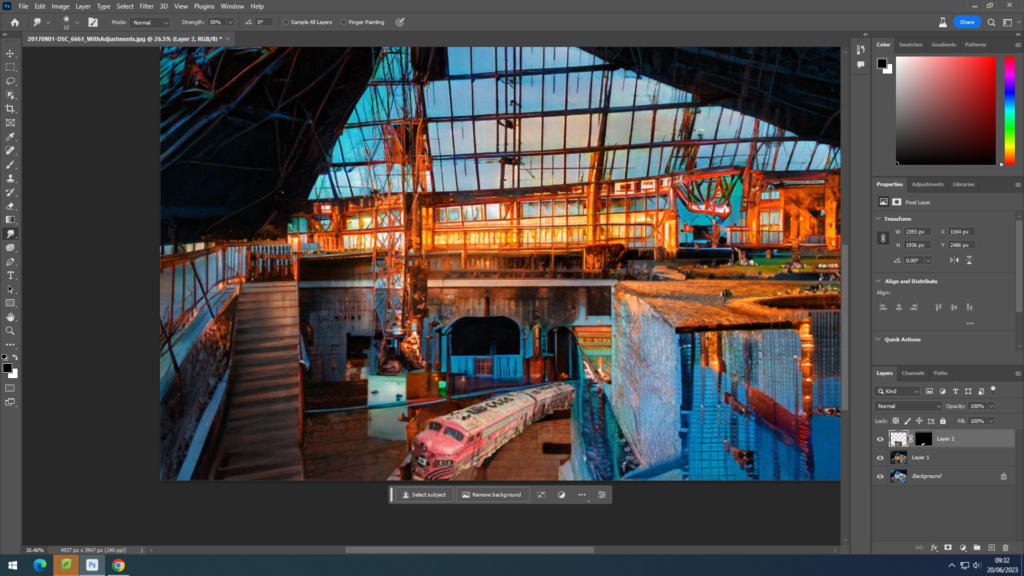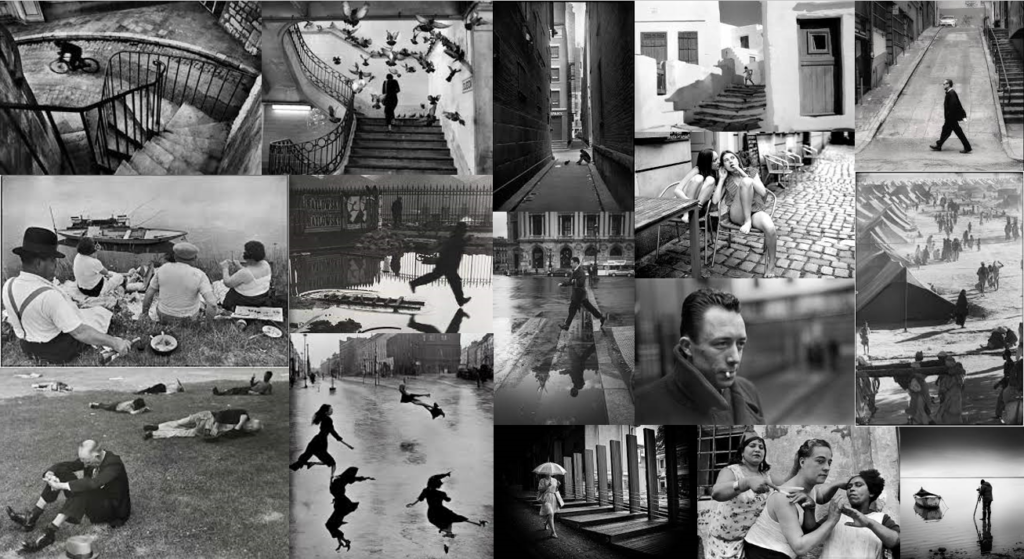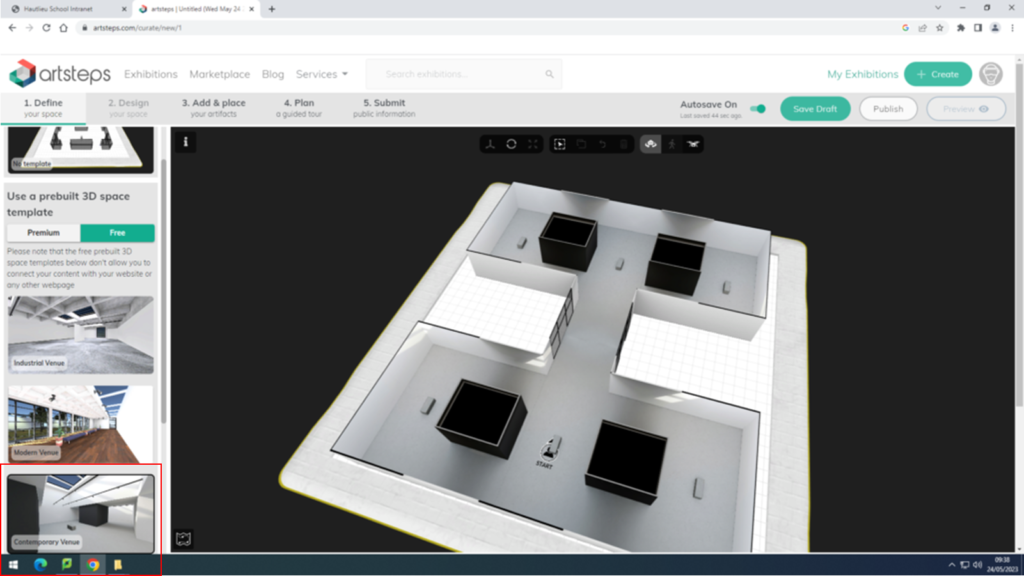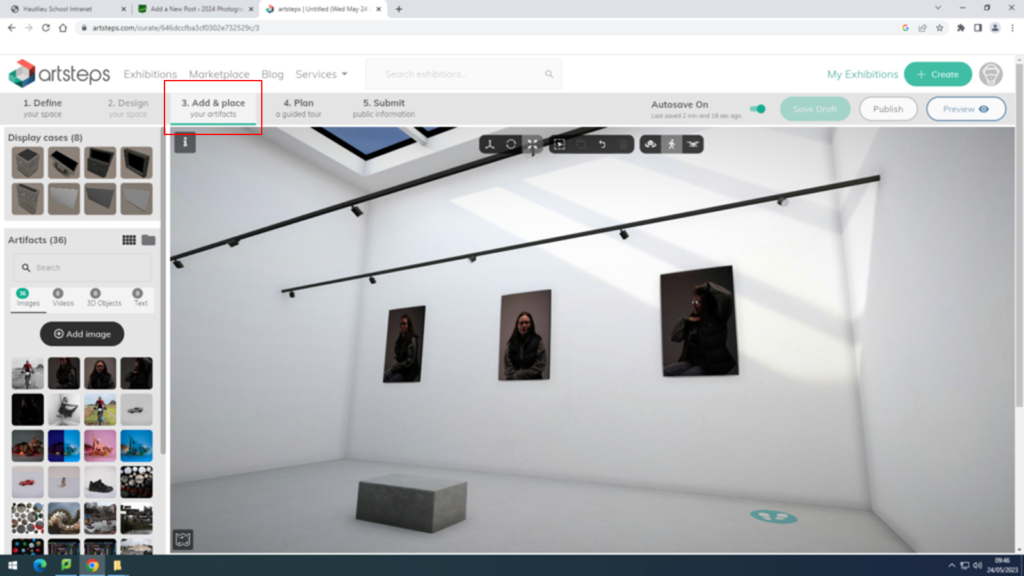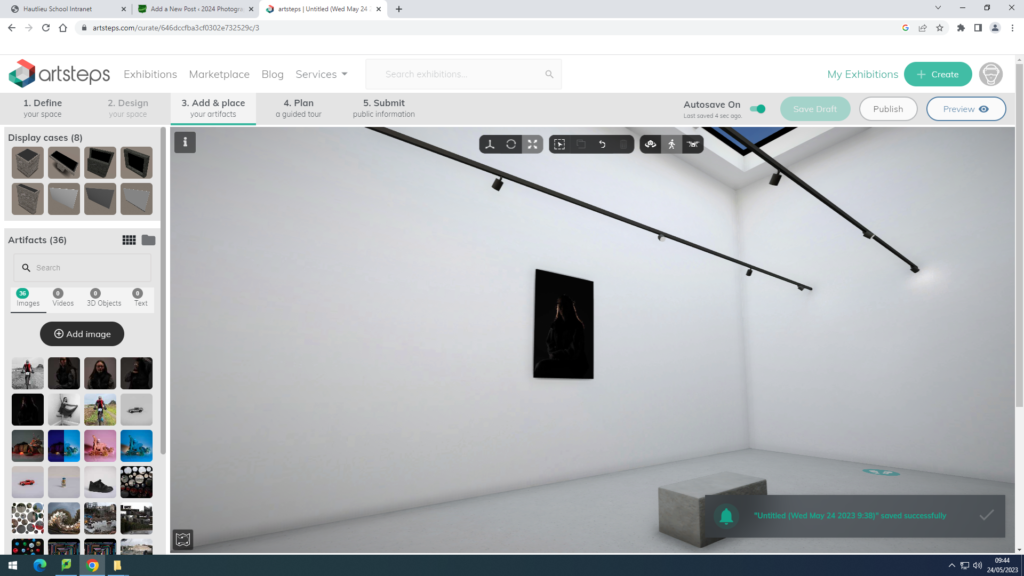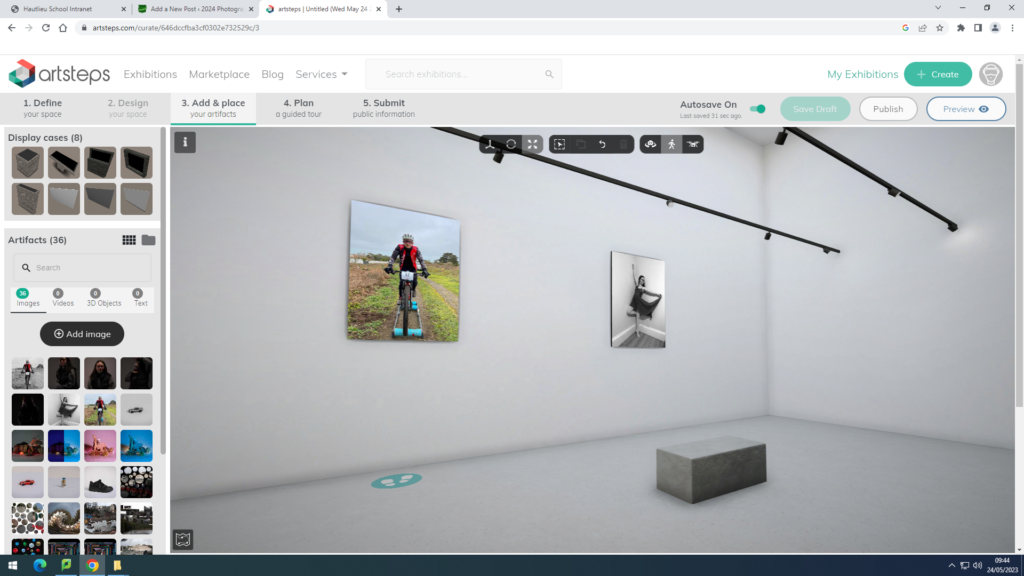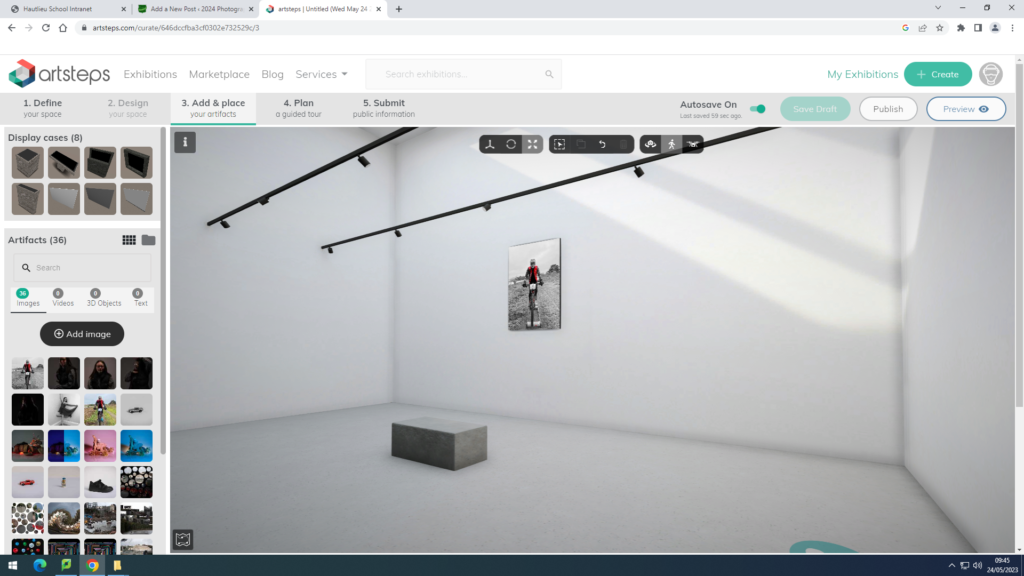The Art house Jersey are currently holding an art exhibition called ‘no place like home’. There are a few different parts to this exhibition with the gallery at capital house, the dissent module that was placed at Les Platons, and the floating earth that was at Queens valley reservoir.
‘No place like home’ is currently being held at the art gallery with a wide range of art work from many different artists locally and internationally. The whole exhibition is aimed to get people thinking about what home means to them in terms of personally as well as nationally and even globally. We live in a time where housing is currently in crisis with the cost of them as well as the cost of living meaning home isn’t always a happy place for people. It is also aimed to get people to think about the condition of our planet and its health, this is also a very serious topic which many people don’t consider. The gallery has showcased pieces from small canvases to big sculptures and area set ups, this allows for members of the public to walk around analysing the pieces and even interact with some of them.
The creators of ‘No Place like Home’, Rosalind Davis and Laura Hudson said:
“We wanted to create an exhibition where everyone can feel at home. A key aim of ArtHouse Jersey is to make the arts accessible to the wider community, which was why we were drawn to a subject matter that will mean something to everyone. Home is of course a loaded term, and its connotations will be different for all of us. For many it will be a sanctuary, but for some it may have less positive associations. No Place Like Home builds a rich narrative and delves into personal stories, global issues, childhood memories, and speculative worlds as well as the bleak realities of the current housing market. The artists do not shy away from difficult issues, but rather tackle them with inventiveness, pathos, humour and a generosity of spirit. Alongside the gallery works, three installations will be announced in the coming weeks which will take their place in surprising settings around the Island.”



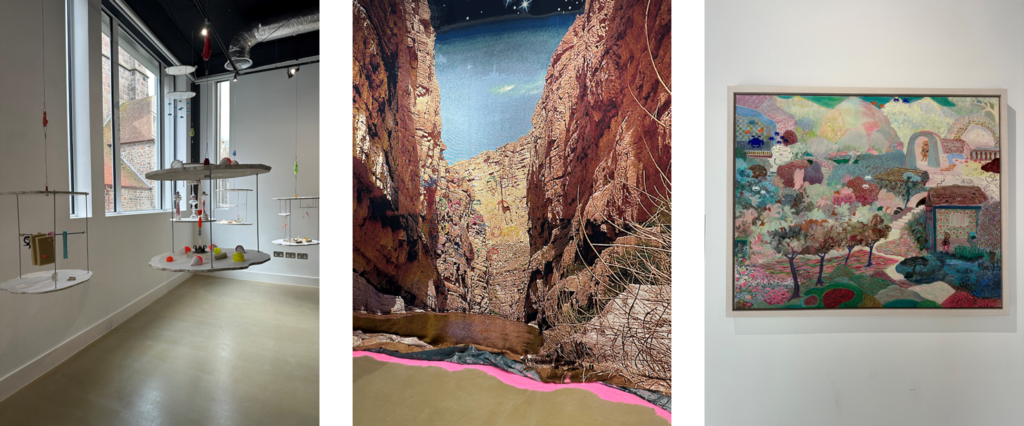

The dissent module was made by the artist Rachel Ara to show her concerns of the idea of home and the assumption that it is always a safe place to be as for some people it isn’t, and if fact it one of the most dangerous place where a high percentage of crime is committed. Ara has designed the interior module to be like a womb to replicate a safe place for someone to be, with the module being a metaphor for returning home safely.

The floating earth, that drew a large amount of the publics attention, was created be the artist Luke Jerram. It was also part of Art House Jersey’s exhibition ‘No Place like Home’ and was also partnered with Jersey water. It was aimed to show people how we all think of home as different places but they are all in the universe/world. The event was already set up previous to it’s arrival in Jersey and after many discussions with Art House Jersey, Jersey Water and Luke Jerram’s team it was able to be places in the reservoir for 12 days where it attracted over 31,000 members of the public. This was a great opportunity for Jersey to experience more exhibitions which as a result beings the community together. Many photographers and regular members of the public shared their images and videos online which only attracted more and more people as well as schools and charity groups. The floating earth was aimed to create the effect of someone in space looking back at the earth with that nostalgic feeling being present.
